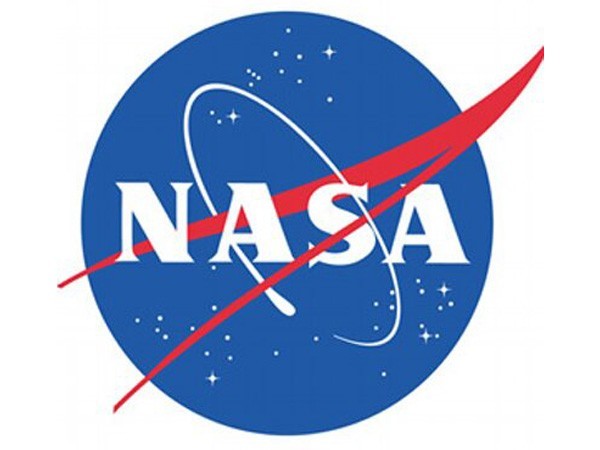Science News Roundup: NASA's Boeing moon rocket cuts short 'once-in-a-generation' ground test; Branson's Virgin Orbit reaches space with key mid-air rocket launch and more
Mounted in a test facility at NASA’s Stennis Space Center in Mississippi, the Space Launch System’s (SLS) 212-foot tall core stage roared to life at 4:27 p.m. local time (2227 GMT) for just over a minute — well short of the roughly four minutes engineers needed to stay on track for the rocket's first launch in November this year.

Following is a summary of current science news briefs.
NASA's Boeing moon rocket cuts short 'once-in-a-generation' ground test
NASA's deep space exploration rocket built by Boeing briefly ignited all four engines of its behemoth core stage for the first time on Saturday, cutting short a crucial test to advance a years-delayed U.S. government program to return humans to the moon in the next few years. Mounted in a test facility at NASA’s Stennis Space Center in Mississippi, the Space Launch System’s (SLS) 212-foot tall core stage roared to life at 4:27 p.m. local time (2227 GMT) for just over a minute — well short of the roughly four minutes engineers needed to stay on track for the rocket's first launch in November this year.
Branson's Virgin Orbit reaches space with key mid-air rocket launch
Billionaire Richard Branson’s Virgin Orbit reached space for the first time on Sunday with a successful test of its air-launched rocket, delivering ten NASA satellites to orbit and achieving a key milestone after aborting the rocket’s first test launch last year. The Long Beach, California-based company’s LauncherOne rocket was dropped mid-air from the underside of a modified Boeing 747 nicknamed Cosmic Girl some 35,000 feet over the Pacific at 11:39 a.m. PT before lighting its NewtonThree engine to boost itself out of Earth’s atmosphere, demonstrating its first successful trek to space.
(With inputs from agencies.)
- READ MORE ON:
- NASA
- Richard Branson
- California
- Mississippi
- LauncherOne
- Earth
- Pacific
- U.S.
- Branson
- Boeing
ALSO READ
Joe Biden hosts Japan's PM at White House, in strong message to China over policies in Indo-Pacific
Magnitude 4.2 earthquake strikes Bay of Bengal
Small asteroid to zoom past Earth on Thursday; no chance of impact
Biden will meet with Philippine and Japanese leaders as worry grows over China's Indo-Pacific action
NZ announces further cooperation with US in Pacific Islands










